After receiving an invitation to a wedding, one of the things guests first do is visualize an outfit. Weddings are once-in-a-lifetime events, so we tend to place importance on looking gorgeous for pictures. One of the questions you might ask is, “Can you wear a hat to a wedding as a guest?”
In most cases, you can wear a hat to a wedding. However, you must consider the wedding’s formality, schedule, dress code, and venue. Likewise, there are pieces of etiquette you must observe.
Below is a list of 15 rules regarding wearing hats at a wedding you must remember. Afterward, whether a man can wear a hat to a wedding is also explored in further detail.
Can You Wear a Hat to a Wedding? Things to Remember

1. Women Can Almost Always Wear a Hat
Women can include a hat in their attire for a wedding. This piece of etiquette virtually has no exceptions; people consider hats a regular part of a woman’s wardrobe, so accessorizing with a hat at a wedding appears natural.
2. If the Dress Code Says No Hats, Do Not Wear a Hat
One of the few exceptions to the etiquette mentioned above is if the dress code specifies no hats. This case is rare, but it is worth noting. A couple might have cultural beliefs or superstitions surrounding hats, or the couple simply does not like the idea of guests wearing hats.
The couple does not have to explain their reason for prohibiting hats. Regardless of the reason, guests must abide by the event’s dress code.
3. Hats Are Only Appropriate for Men in Certain Themes

Unlike women, men do not usually wear hats to a wedding. If you are a man and you want to incorporate a hat into your attire, consider the wedding’s theme.
A hat will be fashionable and practical for destination weddings and beach weddings. Likewise, you can wear hats to a barn, rustic-themed, or country-themed wedding.
Oppositely, men might want to skip a hat for civil ceremonies in a city hall, religious weddings, and other formal ceremonies.
4. When Seated, Consider Removing Your Hat
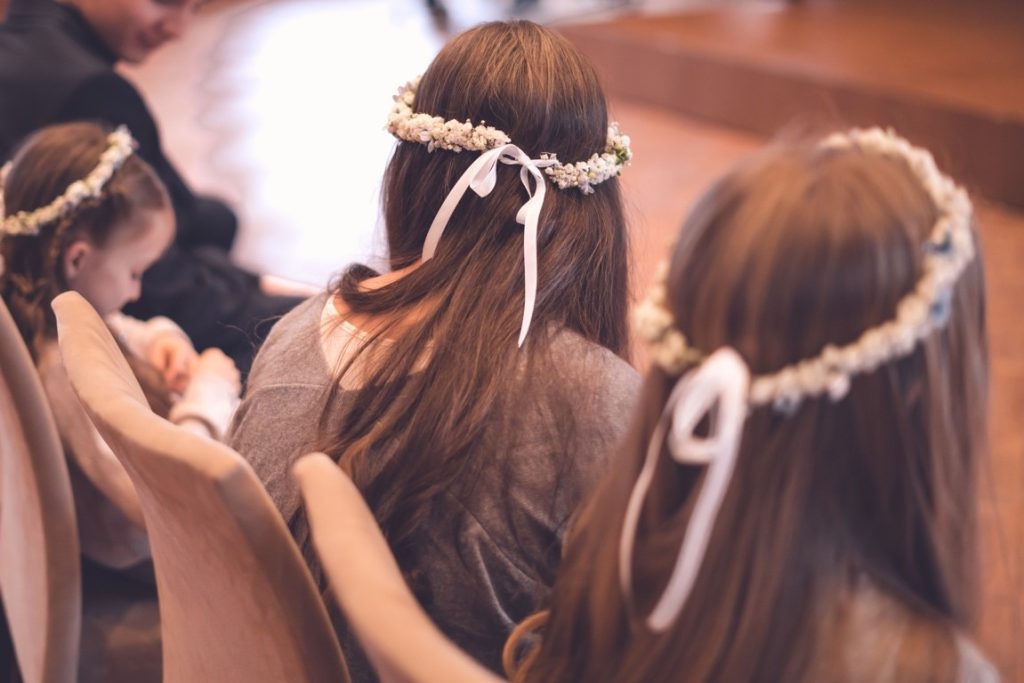
Once the ceremony or reception starts and you are seated, it is common courtesy to take off your hat. Although the person behind you might not verbally complain, you are probably blocking their view. Removing your hat is a respectful and polite thing to do.
5. Match Your Hat to Your Physique
Particular style choices will elevate your look from “good” to “best.” Oppositely, some options will not complement your body type.
If you are a tall person, do not go for tall hats. If you are short, you may want a small hat. The goal of carefully choosing a hat is to balance your proportions; do not let your hat swallow you whole.
Your face shape will also be a deciding factor. Diamond-shaped and oval-shaped faces are the most versatile, as you can wear most styles and look good. If your face shape is triangular, square, round, or oblong, you have fewer choices for flattering styles.
The length of your hair is also an important variable. For people with short hair, their best choices are fedoras, fascinators, and wide-brim hats.
6. Hats in Evening Affairs
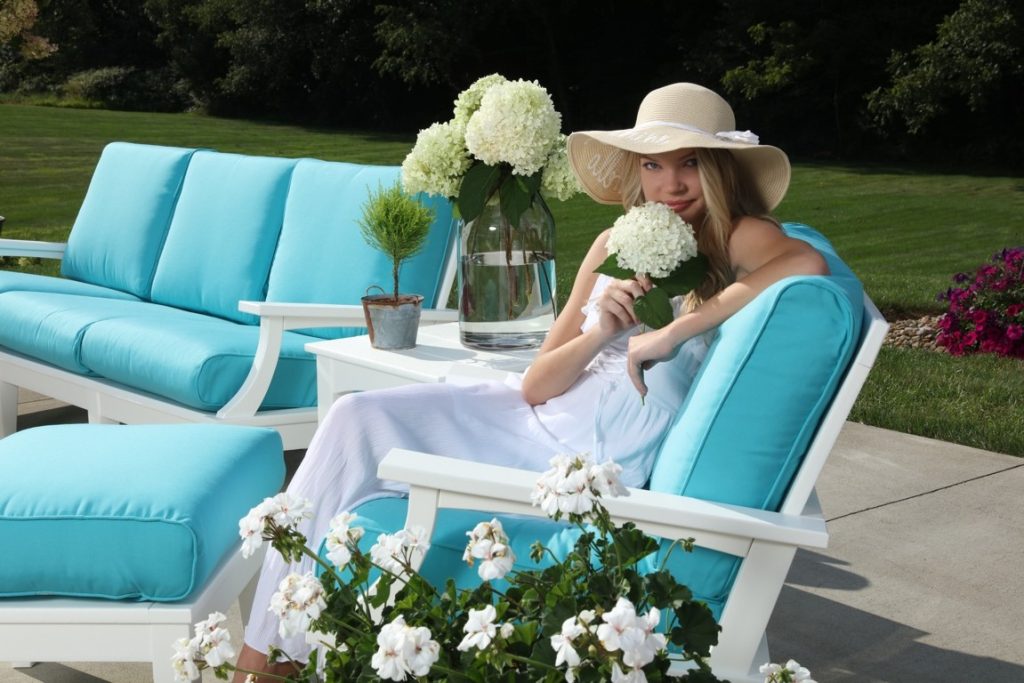
Whether you should wear a hat to a wedding also depends on the ceremony’s schedule. For daytime events, wearing a hat is acceptable and functional.
However, you may want to remove the hat once nighttime arrives. You are not required to do so, especially if it is integral to your outfit. However, for practicality, it might be best to let your head breathe.
7. Do Not Wear Hats to a Black-Tie Wedding
Black tie refers to a dress code that is highly formal and luxurious. Women must wear floor-length gowns and hide their ankles, while men must wear a tuxedo with a tie and dressy shoes.
Women can add jewelry, an elegant clutch, and heels to their outfits. Men can opt for watches, pocket squares, suspenders, cufflinks, and boutonnieres. However, certain accessories are inappropriate for black-tie weddings, including hats.
8. Top Hats Are Optional in White-Tie Weddings
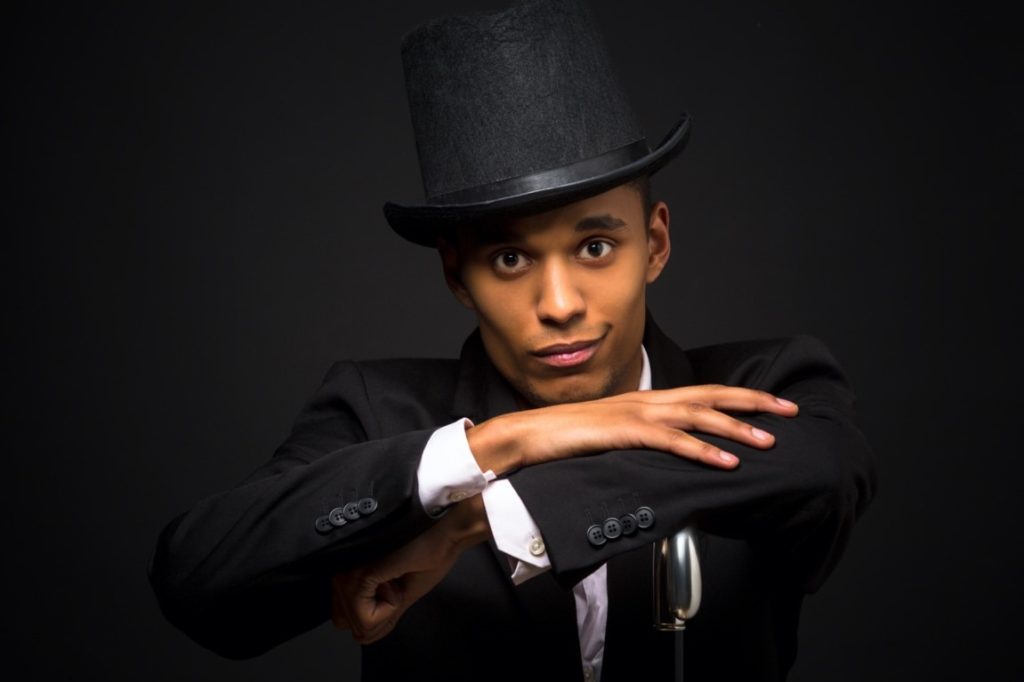
White tie is the rarest and most opulent dress code for any event. It is a notch above black tie, often reserved for the upper echelons of society. Nowadays, a white-tie dress code appears during royal and state-related celebrations.
For men, a top hat or opera hat is optional. They can choose to add this accessory to their outfit, provided that they take it off once inside the venue.
However, women cannot wear hats to a white-tie event. If you want a headpiece, your safest option is a tiara. However, you must refer to the dress code on the invitation; the hosts might encourage or discourage such accessories.
9. Top Hat Etiquette
If the groom and his party are wearing top hats, there is an additional piece of etiquette on how they should interact with other guests. When speaking to their mother-in-law, or any lady in the event, they should take off their top hat during the conversation.
10. Do Not Show the Inside Lining of the Hat
Traditionally, people thought that showing the inside lining of your hat was an unmannered gesture. This piece of etiquette applies particularly to mothers and men.
On the occasion that you have to tip, doff, or remove your hat, make sure the lining is always facing your body.
11. Position of Hat Decorations
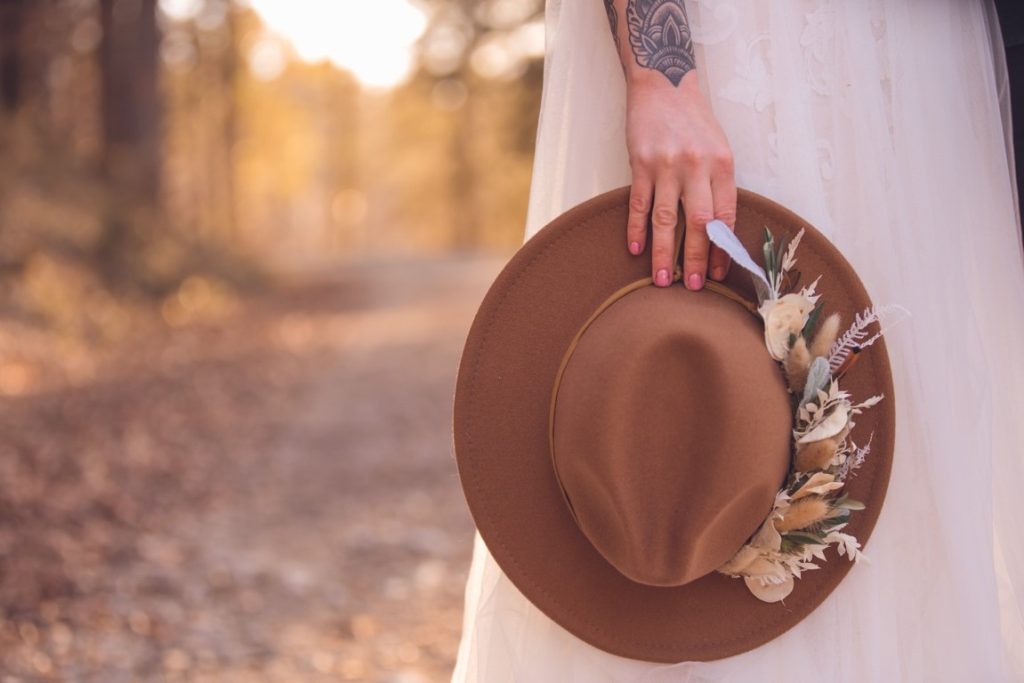
Sometimes, you may want to personalize your hat further. Decorating hats is an easy yet effective way to upgrade their appearance. With the proper materials, a cheap hat can look classy and elegant.
Ribbons and flowers are popular additions to hats; they can make a plain accessory splendidly match the event’s theme. If you want to get more creative, consider the following items:
- Embroidery thread
- Tulle
- Fabric markers
- Fabric paint
- Sequins
- Glitter
- Feathers
- Fabric with patterns
Customarily, women add decorations on the right side of their hats. Men accessorize the left side of their headpieces. Although not many will notice the placement, at least you know that you are observing proper etiquette.
12. If the Mother of the Bride Takes Off Her Hat, Remove Yours Too
The mother of the bride typically accessorizes her outfit with a hat. At some point during the wedding, primarily if it occurs during Mass, the mother might remove her headpiece. Etiquette states that when she does, all guests must do the same.
13. Hat Sizes for the Mothers of the Couple
Historically, the sizes of the mothers’ hats were also subject to etiquette. Since it was tradition for the bride’s family to host the wedding, her mother’s hat should be larger than the groom’s mother’s. Oppositely, if the groom’s family is hosting the wedding, then his mother’s hat should be more prominent.
Generally, the guests are discouraged from outdoing their hosts. However, if both families or the couple are hosting the wedding, then the size of the hats can be equal.
14. Adjusting Hats for Pictures
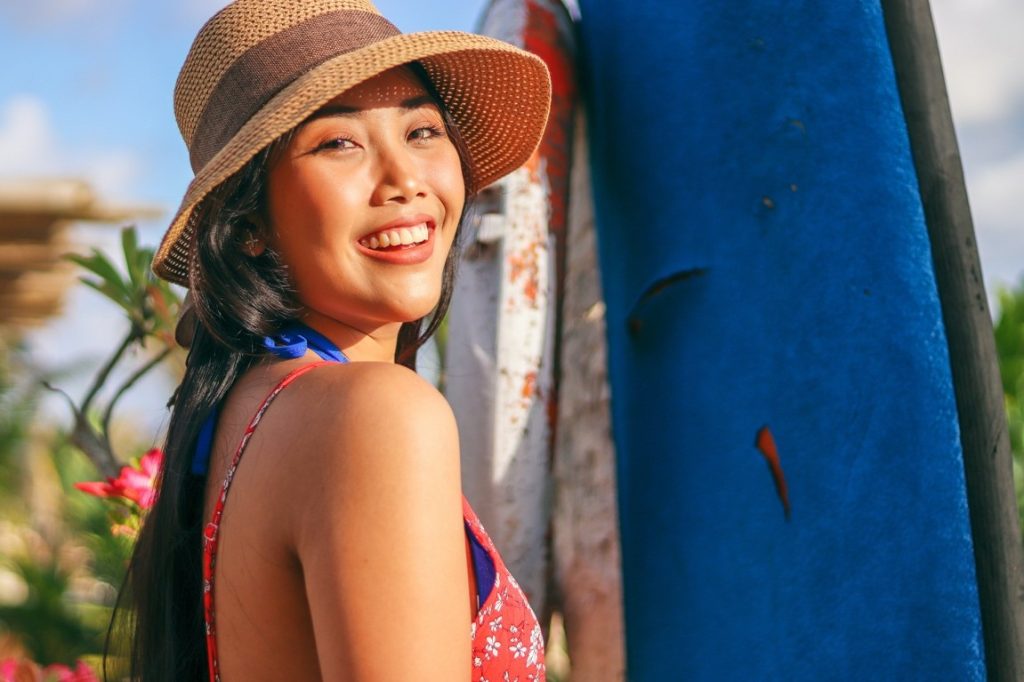
Generally, one reason many people avoid hats is the shadows on their faces. This shadow ruins pictures; in severe cases, the shade covers their entire faces. Firstly, your wedding photographer should point it out and retake the picture.
However, there are ways to prevent this phenomenon. You can simply remove the hat. You can also slightly tilt the headpiece back or to the right. These methods will lessen the harsh shadows on your face.
15. Do Not Outshine the Bride
Not outshining the bride is perhaps the most important piece of etiquette overall. This rule applies to everything, but it is most noteworthy for attire.
If the bride herself will not have accessories on her hat, you may want to hold off on decorating yours. Oppositely, if the bride’s headpiece is elaborate and breathtaking, feel free to be more liberal with your additions.
Can Men Wear a Hat to a Wedding? Answered

As mentioned above, men have to be more careful with adding hats to their attire as wedding guests. They have to consider the ceremony’s formality, schedule, theme, and many other factors.
First, look at the dress code on the wedding invitation. If the attire is specified as black-tie or formal, a classic top hat may be a suitable choice, especially if worn with a tuxedo or morning suit.
However, top hats are quite rare at modern weddings—choosing to wear one may make you the center of attention. If you do not mind some spotlight, feel free to add a top hat to your outfit. If you would rather blend in, you may want to consider another option.
For semi-formal or cocktail attire weddings, more casual hats like a fedora or a trilby could be great options. These accessories can add some personality to your outfit without being overly flashy or pretentious.
Men have more freedom to add hats to their attire when it comes to casual and beach weddings. For instance, a Panama hat or a wide-brimmed straw hat can be a functional and stylish addition to your ensemble: it will give you shade from the sun, add personality to your outfit, and blend perfectly with the event’s relaxed atmosphere.
As you choose which hat to wear, remember the color scheme and overall theme of the wedding. Ask other people for their opinions if you think you need guidance. However, you should consider sticking with the less flashy options to avoid overshadowing the couple.
Be mindful of the pieces of etiquette mentioned above, such as taking off your hat during important moments in the ceremony and the reception.
Ultimately, if you are unsure if wearing a hat would be appropriate for the occasion, there is no harm in asking. Approach the couple, the wedding planner, or a bridal party member to ensure your choice fits their vision for the day.
Final Thoughts
When creating an outfit, there are several aspects to consider. Examples include formality, appropriateness, practicality, and so on. However, we must not forget comfort, confidence, and personal style. If a hat provides you with all these things, feel free to incorporate it into your attire.